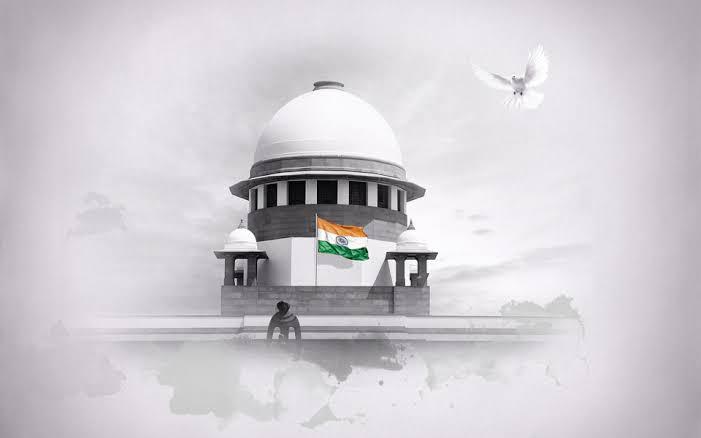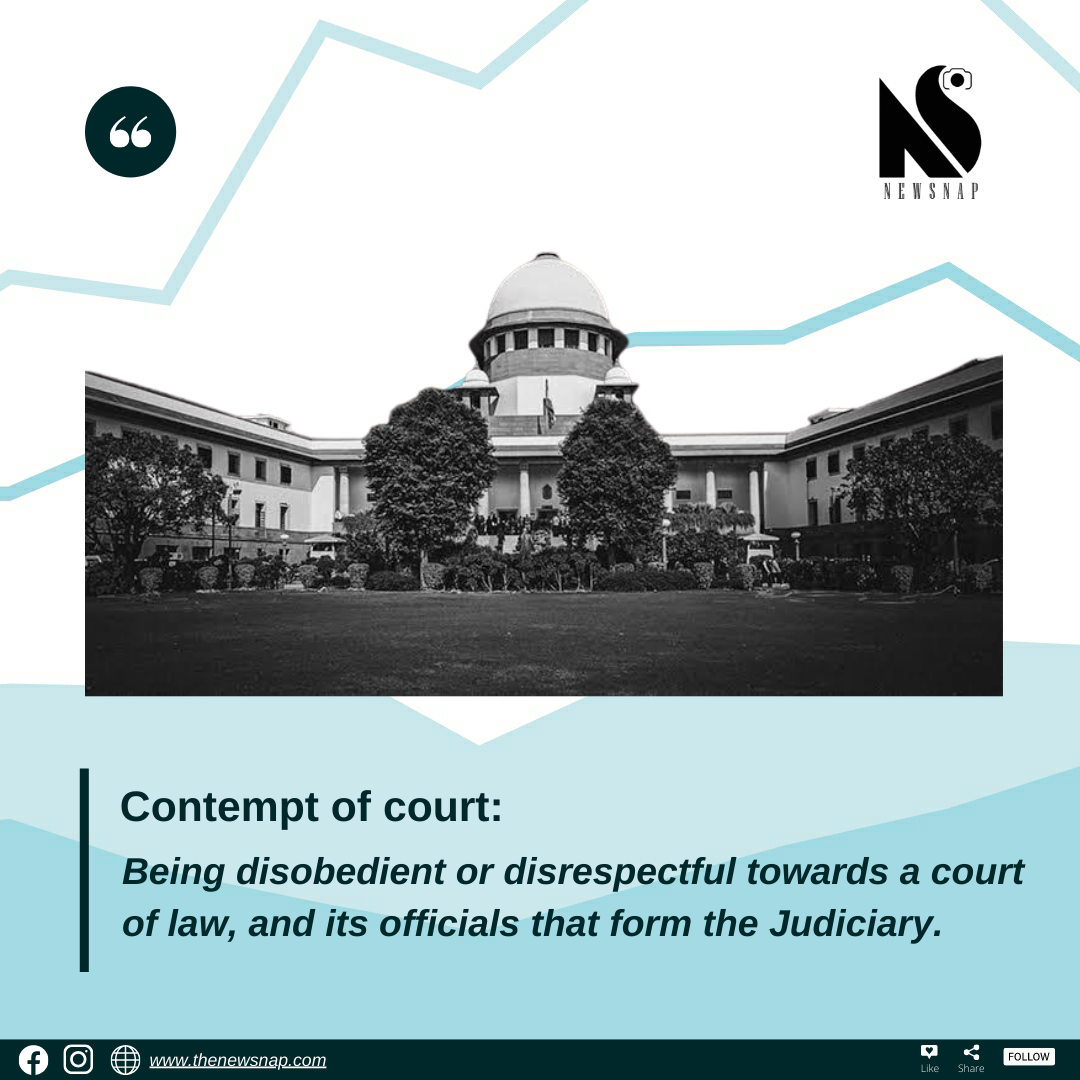
In recent times, one of the pieces of news that has been raging is the contempt of court case against the Senior Supreme Court of India advocate, Prashant Bhushan. This is by far the most grappling piece of news from the judiciary, so far since the start of 2020.
An overview of the case- On the 2nd of July 2020, Mahek Maheshwari, a 29-year old lawyer filed a petition against Senior Supreme Court advocate Prashant Bhushan and Twitter India in the Supreme Court, requesting the court to take action against 2 tweets posted by Mr. Bhushan and initiate contempt proceedings. Mr. Maheshwari, the petitioner was represented by Senior Advocate Anuj Saxena. After this, the court, which was a 3- Judge Bench comprising of Justices Arun Mishra, BG Gavai and Krishna Murari took Suo Moto cognizance of the 2 tweets, and subsequently a notice was sent to Mr. Bhushan, who was represented by Senior Advoate Dushyant Dave, and Twitter India was represented by Senior Advocate Sajjan Poovayya.
So, what exactly is the meaning of the term “contempt”? In simple terms, “contempt” means being disobedient or disrespectful towards a court of law, and its officials that form the Judiciary. This offence includes any form of behaviour that opposes and/or defies the justice, authority and dignity of the court. This action is broadly defined in two types-
- Being disrespectful to the authorities and officials, including judges in a courtroom
- Willfully disobeying/failing to obey a court order.
Contempt of Courts Act, 1971.

In India, the laws governing the contempt offences are the Contempt of Courts Act, 1971. According to the act, the Supreme Court of India and all the High Courts are vested with powers to try and punish the offences of contempt. Moreover, High Courts have the power to try and punish acts of contempt against courts that are subordinate to them, such as Trial Courts, Magistrates, Family Courts, District Courts, and Forums. Furthermore, the Supreme Court has clarified that any court can try and punish cases of contempt.
The Contempt of Courts Act, 1971 classifies contempt into two main types:
- Civil Contempt: According to Section 2(b) of the act, Civil Contempt is defines as a “wilful disobedience to any judgement, decree, direction, order, writ, or other processes of the court or a wilful breach of an undertaking given to a court.” However, if a judgement, order, decree, direction or writ of the court is unclear or ambiguous, then it does not fall under this section.
- Criminal Contempt: According to Section 2(c) of the Act, Criminal Contempt constitutes any form of publication of any matter, which the party is aware would scandalise, interfere or bring down the reputation of the due course of the courts, the Judiciary and the administration of justice. This type of contempt covers false statements about the Judiciary, any form of attempt or coercion towards attempts to prevent or harm proceedings of the court or any legal body under the Judiciary, any attacks made on witnesses, officers of the court or judges, obstructing officers of the court from performing their duties, recording court proceedings without permission, verbal abuse or bias/false accusations/statements against the judiciary and the officials working in the judiciary and the violation of any rule of the court.
However, if any publication of or about the court is made out of innocence, or with reasonable criticism, then it does not constitute contempt.
In reality, the Contempt Laws and the Contempt of Courts Act has been misused by the courts, due to its loopholes and vague interpretation in some sections. The laws have been used to prevent dissent from anybody in any form whatsoever, regardless of whether the criticism is true or not. One of India’s most famous Judges, Justice V R Krishna Iyer has also been charged with the Contempt of Court in the Kerala High Court for his remarks “Our whole Judicial Approach has a certain independence from all civilised behaviour…” Although the act has been amended a few times in the past, the act still requires inspection and improvements in order to limit the misuse of its power by the courts.


